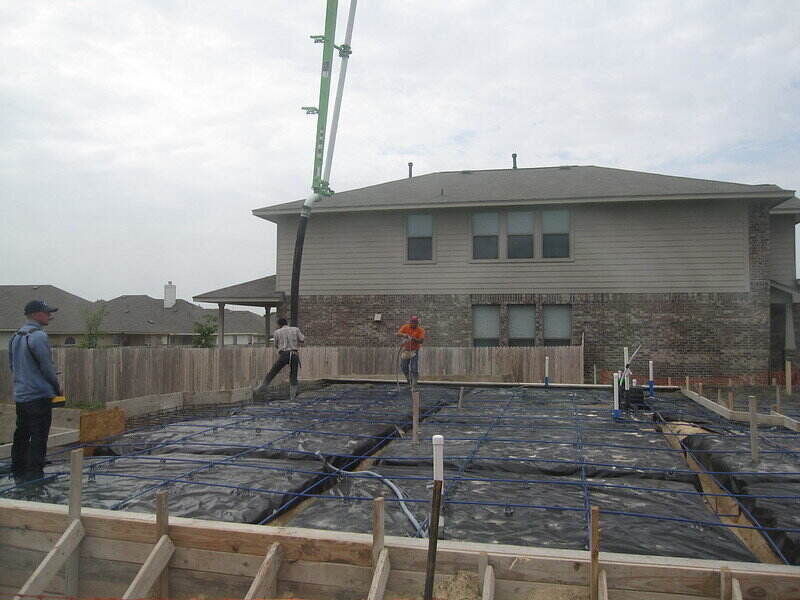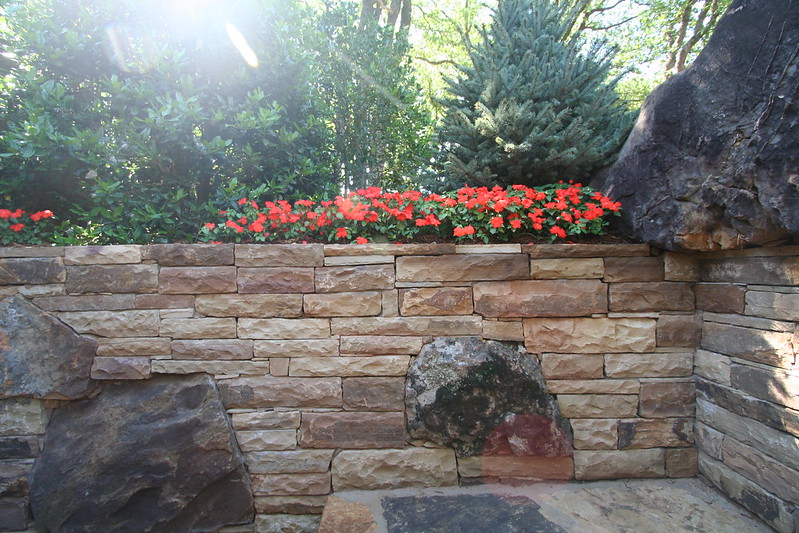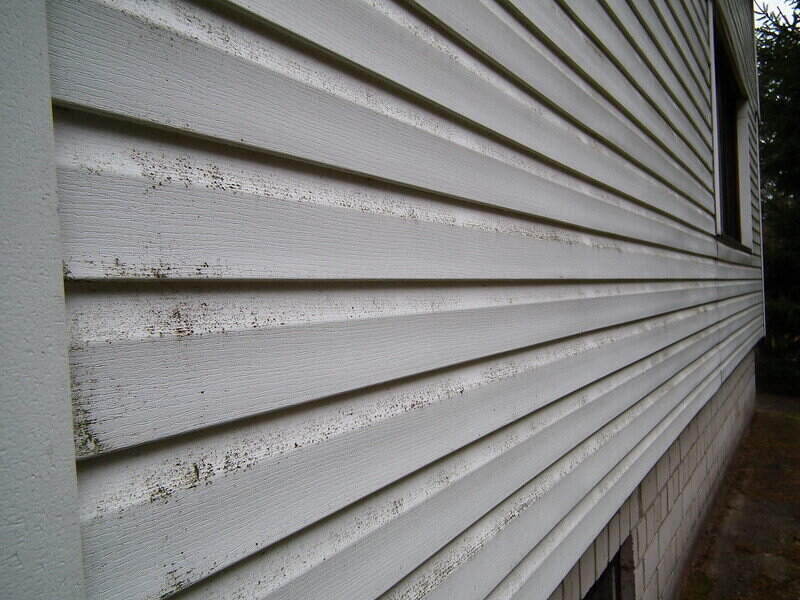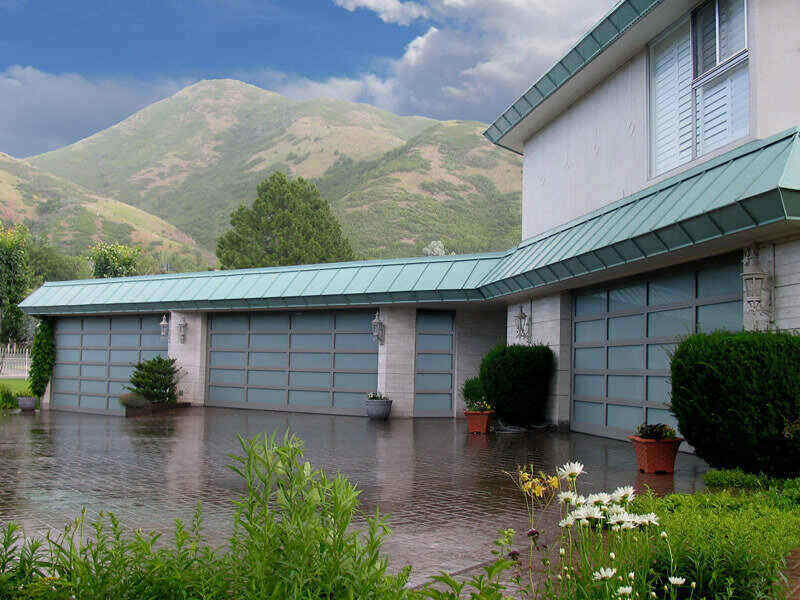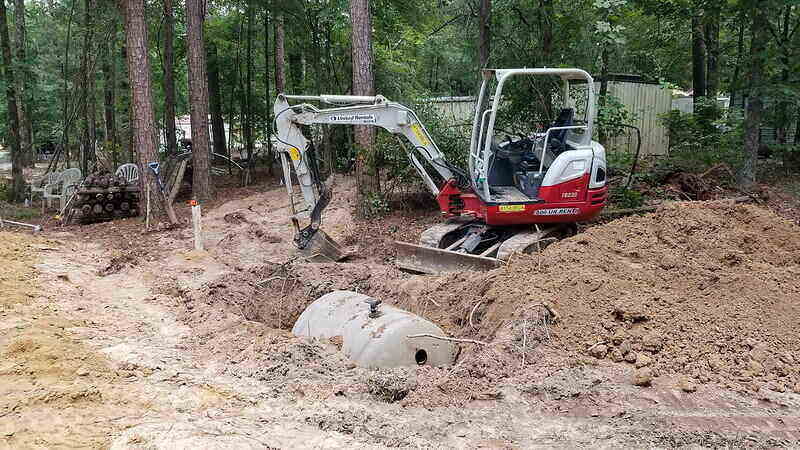One of the most important things you can do for your lawn is feed it. Lawn fertilization costs around $67 to $405, on average, depending on the size of your yard and the type of fertilizer used.
Smaller lawns may only require a basic treatment, while larger properties or those that need specialized fertilizers (like organic or slow-release formulas) will naturally cost more.
This guide gathers data from both small and large cities in the U.S., so you can get a better idea of how much you can expect to pay in your area.
Cost by Location
Your location affects how much it costs to fertilize your lawn. Expect to pay more in an area with higher costs of living, which generally translates to higher labor costs. Moreover, the cost of labor, transportation, and materials also varies by region.
The below shows a snapshot of the cost to fertilize a lawn across the country:
| City | Average Cost (Including Labor and Materials) |
| Northeast U.S. | |
| Pawtucket, RI | $66 – $398 |
| New York, NY | $86 – $525 |
| Southeast U.S. | |
| Dothan, AL | $55 – $328 |
| Orlando, FL | $59 – $364 |
| Atlanta, GA | $58 – $349 |
| Midwest U.S. | |
| South Bend, IN | $77 – $456 |
| Chicago, IL | $78 – $477 |
| Northwest U.S. | |
| Salem, OR | $64 – $381 |
| Seattle, WA | $78 – $462 |
| Southwest U.S. | |
| Houston, TX | $56 – $332 |
| Roswell, NM | $58 – $345 |
| San Diego, CA | $73 – $448 |
Cost by Yard Size
On average, you can expect to pay $0.02 to $0.08 per square foot for lawn fertilization. As your lawn size increases, the overall fertilization expenses go up, but the cost per square foot generally decreases.
| Yard Size | Typical Cost Per Application |
| 1,000 sq. ft. | $20 – $80 |
| 2,500 sq. ft. | $50 – $200 |
| 1/8 acre | $108 – $436 |
| 1/6 acre (7,260 sq. ft.) | $145 – $581 |
| 1/5 acre (8,712 sq. ft.) | $174 – $697 |
| 1/4 acre (10,890 sq. ft.) | $218 – $871 |
| 1/2 acre (21,780 sq. ft.) | $436 – $1,742 |
| 3/4 acre (32,670 sq. ft.) | $653 – $2,614 |
| 1 acre (43,560 sq. ft.) | $871 – $3,484 |
Cost by Type of Fertilizer
Fertilizer is typically made by combining three chemicals that help plants grow: phosphorus, nitrogen, and potassium. Most fertilizers will be based on different ratios of these three chemicals, though some will include herbicides to get rid of weeds.
See the table below for the average costs of the most common fertilizer types:
| Type of Fertilizer | Average Cost Per Application |
| Fast-release | $105 – $320 |
| Moss and fungus control | $105 – $325 |
| Weed and feed | $105 – $325 |
| Granular | $135 – $350 |
| Liquid | $150 – $515 |
| Water soluble | $170 – $365 |
| Crystalline | $200 – $410 |
| Slow-release | $200 – $440 |
Fast-release fertilizers: Opting for fast-release fertilizers means a lower upfront cost, but you’ll need to make more frequent purchases. These fertilizers are fast-acting, but that also means that they don’t last long.
Moss and fungus control: These fertilizers often include substances like iron and other fungicides to prevent the development of unwanted moss and fungal issues, promoting a healthier and more vibrant lawn.
Weed and feed: These blends mix herbicides with conventional fertilizer. They are more commonly used to treat weeds that have already established themselves on the lawn.
Granular fertilizers: This time-release fertilizer is the safest type to use for DIY fertilization since it helps protect the plants. The results may take time, but the benefits usually last longer than other types of fertilizers.
Liquid fertilizers: Liquid fertilizers quickly release chemicals. If you want to brighten your lawn fast and jumpstart its growth, liquid fertilizers are a good way to go. However, the required dose for your lawn is easy to overdo. Professionals use a sprayer to apply it, but you can use a regular hose for DIY fertilization.
Water-soluble fertilizers: If you don’t mix these fertilizers correctly, you risk burning your grass. Due to this complexity, it’s advisable to leave their use to professionals.
Crystalline fertilizers: These fertilizers are typically in the form of small crystals that dissolve slowly, releasing nutrients gradually over time to nourish plants and promote sustained growth. Applying crystalline fertilizers ensures a steady and long-lasting supply of essential nutrients for healthy plant development.
Slow-release fertilizers: Slow-release fertilizers are designed to gradually release their chemicals over time. These are perfect if you want to fertilize your lawn infrequently or are concerned about over-fertilizing.
Cost by Fertilizer Formulation
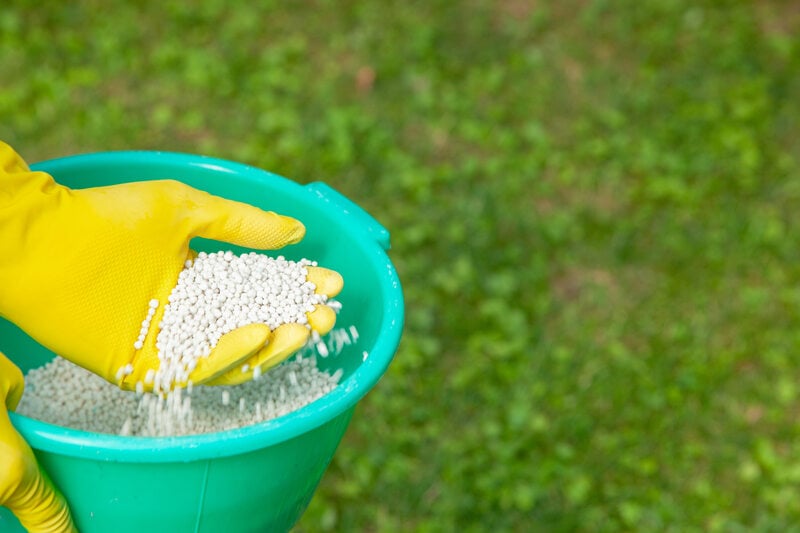
Before fertilizing your lawn, it’s important to choose whether you want to go in the synthetic or organic route:
| Fertilizer Formulation | Average Price Per Application |
| Synthetic | $100 – $300 |
| Organic | $200 – $500 |
Synthetic Fertilizers
You can easily find this type of fertilizer in your local garden center. They are fast-acting and potent, helping you achieve a healthy lawn much quicker.
However, synthetic fertilizers prioritize plant growth over enriching the soil and may lack certain micronutrients present in organic alternatives. To address this, experts recommend incorporating organic fertilizers into your routine at least once a year, ideally during the summer or fall.
Organic Fertilizers
Organic fertilizers are made from naturally occurring compounds like blood meal, crushed shells, powdered manure, and wood. Homeowners like using these fertilizers because they are eco-friendly and easier on the environment.
Organic fertilizers are also great if you are not as experienced in lawn care. Why? Organic fertilizers decompose slowly, so you can avoid over-fertilizing.
Labor Costs
Lawn fertilization service costs are also influenced by the expertise of the lawn care professionals applying the lawn treatment. Labor costs, ranging from $50 to $100 per hour, can vary based on numerous factors, including the type of fertilizer application required and your location.
Cost of DIY Lawn Fertilization
If you go the DIY route, you’ll need a fertilizer spreader that applies the product uniformly and quickly. A handheld spreader can cost as little as $11 but you can also get a broadcast spreader for as much as $300.
While fertilizing your lawn yourself will save you money, it will take time and effort, and you might end up trimming your weekend plans. Moreover, it’s easy to over- or under-fertilize your lawn if you’re not sure how much to lay down.
FAQ
For warm-season grasses like Bermudagrass and Zoysiagrass, the best time to fertilize is during late spring to early summer when they are actively growing.
Cool-season grasses like Kentucky bluegrass and fescue benefit most from fertilization during early fall or early spring. It’s during this time that this type of grass experiences peak growth.
We recommend fertilizing at least once or twice a year. A soil test will be able to determine your lawn’s needs more accurately.
There are a few problems with over-fertilization. You can have a buildup of organic material that leads to root rot and will damage your lawn. Over-fertilization also harms the environment as rainwater runoff can carry lawn care chemicals to local waterways.
There are no real dangers with under-fertilizing your yard, except that your lawn may take longer to recover from the effects of winter or have a harder time fending off weeds or grubs.
To fix this problem, check out this guide: How to Fix an Over-Fertilized Lawn
Fuel Your Lawn’s Growth
Your lawn needs nutrients and TLC to stay healthy and green like a golf course. While you may have to spend a few bucks, it is an investment that pays off in curb appeal and long-term lawn health.
If you decide expert help is the way to go, contact a local lawn treatments pro near you and ask about their lawn fertilization services.
Maria Isabela Reis contributed to this article.
Read More:
– Lawn Care Cost Guide
– Mowing Cost Guide
– Aeration Cost Guide
– Dethatching Cost Guide
Main Photo Credit: Shutterstock
